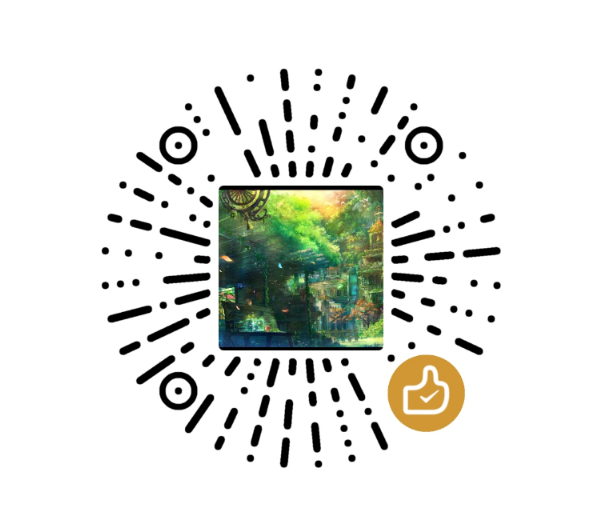生产者/消费者模式
代码
1 | /** |
总结
线程并发协作(也叫线程通信),通常用于生产者/消费者模式,情景如下:
1. 生产者和消费者共享同一个资源,并且生产者和消费者之间相互依赖,互为条件。
2. 对于生产者,没有生产产品之前,消费者要进入等待状态。而生产了产品之后,又需要马上通知消费者消费。
3. 对于消费者,在消费之后,要通知生产者已经消费结束,需要继续生产新产品以供消费。
4. 在生产者消费者问题中,仅有synchronized是不够的。
synchronized可阻止并发更新同一个共享资源,实现了同步;
synchronized不能用来实现不同线程之间的消息传递(通信)。
5. 以上方法均是java.lang.Object类的方法;
都只能在同步方法或者同步代码块中使用,否则会抛出异常。

